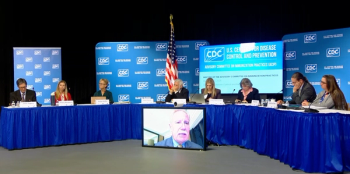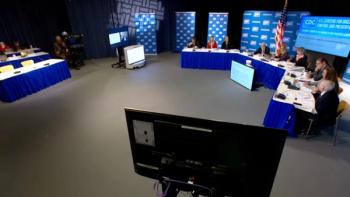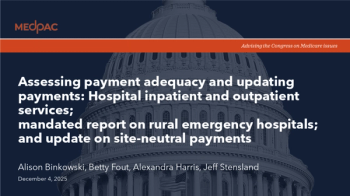
Care barriers sending Medicaid patients to emergency department
More and more of your Medicaid patients are ending up in the ED according to the Annals of Emergency Medicine.
Barriers to timely primary care services are sending more of your Medicaid patients to emergency departments (EDs), according to a new study published in the Annals of Emergency Medicine. Medicaid patients had a 39.6% rate of ED use compared with 17.7% for patients who have private insurance.
The obstacles to obtaining primary care most cited by Medicaid patients: not being able to reach their physician's office on the phone, not being able to get an appointment soon enough, waiting too long in the doctor's office, not having transportation to the office, and office hours that didn't match their needs.
The authors say that difficulty in scheduling an appointment and waiting times for appointments could be attributed to the shortage and unequal distribution of primary care physicians, and other barriers reflect the problems Medicaid patients frequently encounter in getting off work and arranging childcare.
Newsletter
Stay informed and empowered with Medical Economics enewsletter, delivering expert insights, financial strategies, practice management tips and technology trends — tailored for today’s physicians.
















